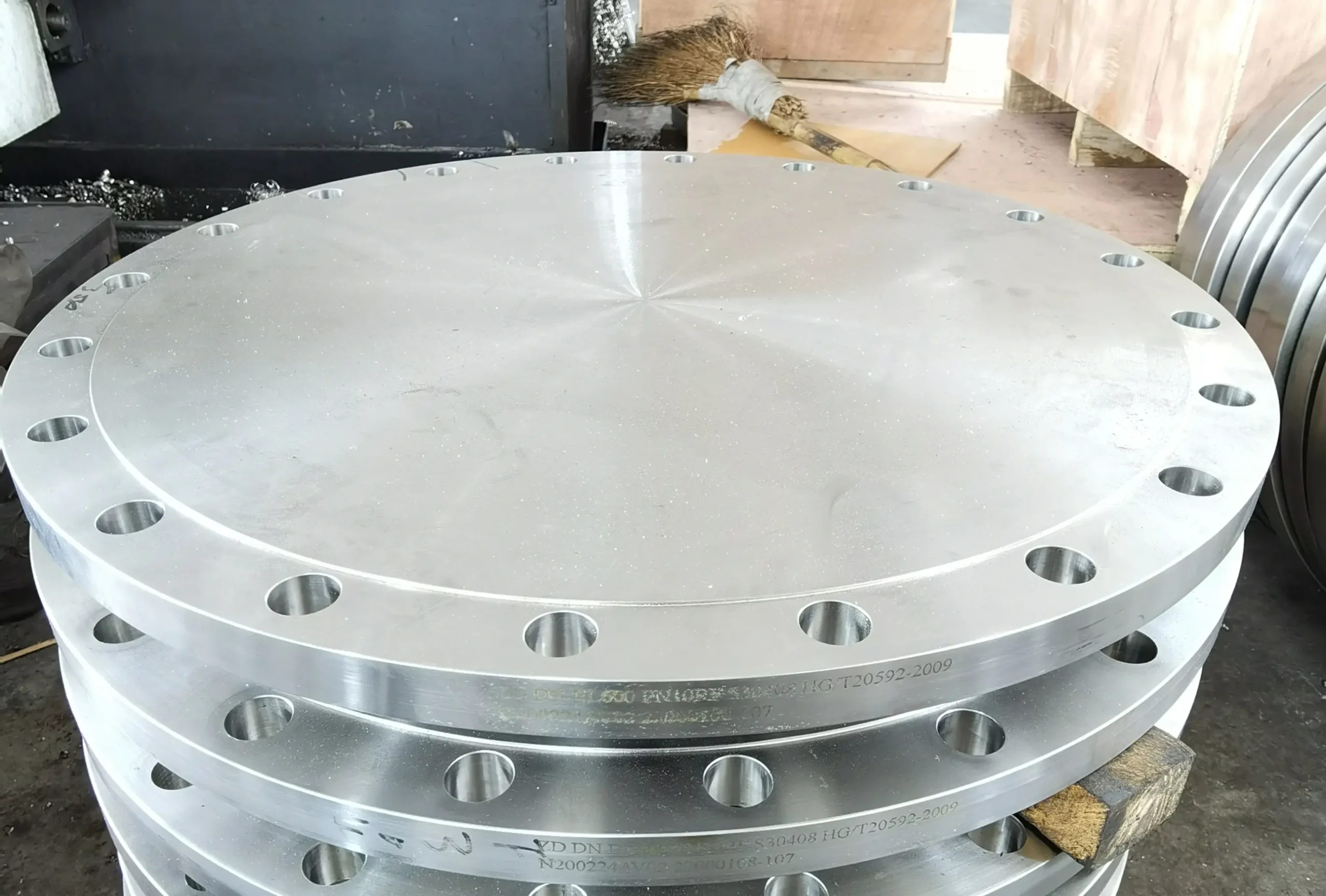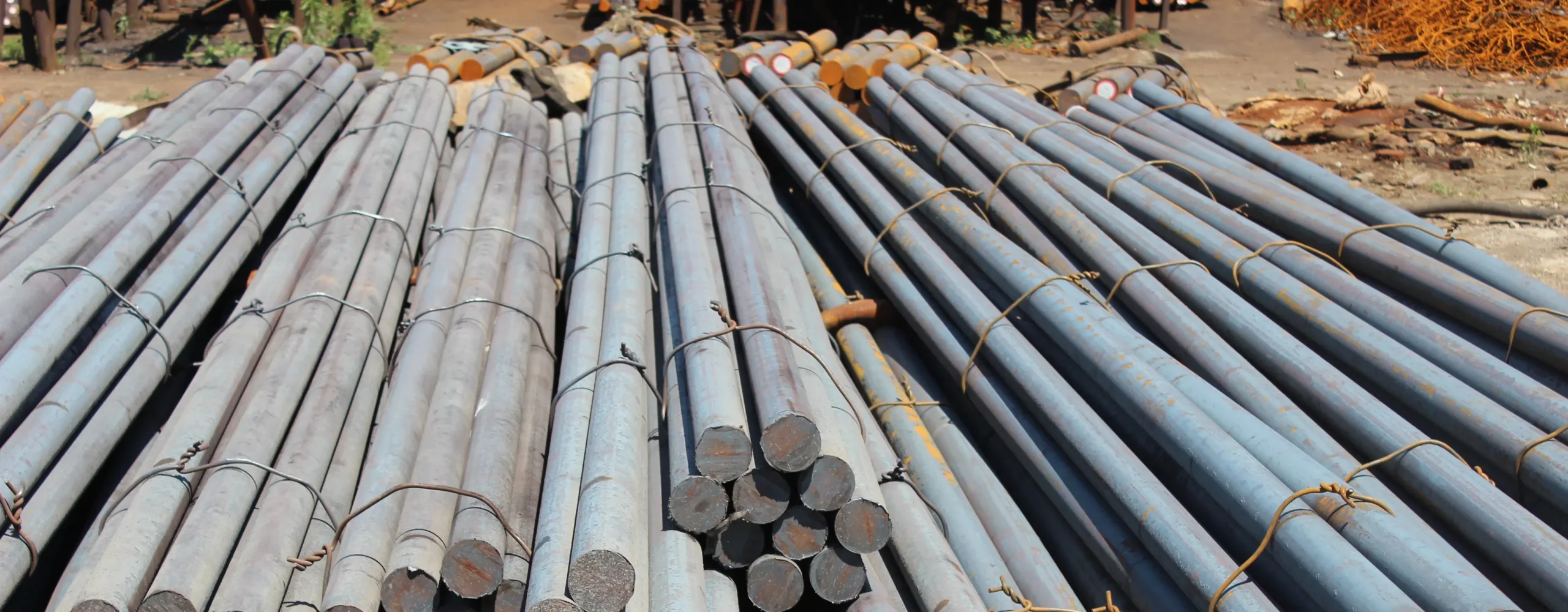The cleaning up of after processing duplex stainless steel is no different from the requirements of other stainless steels.
The cleaning process after processing duplex stainless steel pipe is very important, and its importance is the same as controlling the temperature between layers or using shielding gas during welding. Stainless steel that has not been properly cleaned after processing can fail at a much lower temperature or in a much less corrosive environment than the base material. This means that unless the processed material maintains or restores the best surface, the additional cost of using better corrosion resistant materials is wasted.

Welding spatter, welding oxide color, marking pen marks, arc starting point and undercut can become gaps in a water-containing environment. At the same time, they may have a different corrosion potential than the surface of stainless steel, so an electrochemical reaction may occur to cause corrosion. It is very important to eliminate these defects that have a destructive effect on the protective passivation film.
- Marker marks, paint, dust and oil
All these surface contaminants can become the source of crevices and stainless steel pitting or crevice corrosion. In addition, they can also cause carbon pollution. If the next step of welding is carried out, carbide precipitation may occur. The material will be sensitized and intergranular corrosion will occur during use. Use solvents to remove these contaminants.
- Embedded iron (iron-containing compound pollution)
The embedded iron or free iron on stainless steel is caused by processing or transporting stainless steel with carbon steel tools. If carbon steel tools are used to process stainless steel, or carbon steel is processed near the place where the stainless steel is stored, the iron will transfer to the surface of the stainless steel. The iron then rusts in a humid or humid environment and may cause corrosion of the stainless steel surface. One solution is to avoid all contact between stainless steel and carbon steel. Stainless steel processing should only use stainless steel tools, stainless steel wire brushes, stainless steel jigs and uncontaminated new grinding wheels. In the workshop, tools are often numbered in different colors.
It may be unrealistic and uneconomical to completely eliminate the use of carbon steel tools and avoid iron pollution in the workshop environment. Another method is to admit that there may be iron contamination, but promise to ensure that it is removed before the stainless steel is put into use. Methods to remove iron contamination include mechanical cleaning, chemical cleaning or a combination of mechanical and chemical cleaning. The best cleaning method depends on the size and shape of the equipment, the expected service environment, and certain practical issues including the disposal of cleaning waste. A common cleaning method is chemical treatment with nitric acid, which can dissolve free iron on the surface of stainless steel but does not corrode the protective layer of stainless steel or passive film. Many different chemical cleaning methods can achieve the desired results. ASTM A380 (Standard Methods for Cleaning, Derusting and Passivation of Stainless Steel Parts, Equipment and Systems) discusses the details of cleaning methods in detail. Users should be familiar with the safety issues listed in ASTM A380.
ASTM A 967 (Standard Specification for Chemical Passivation Treatment of Stainless Steel Parts, instead of US Federal Standard QQP-35c) gives information on the selection of appropriate test methods to prove that stainless steel has been effectively passivated. The standard hopes that buyers will specify the required passivation level and allow manufacturers to select cost-effective and applicable methods for surface treatment.
- Welding spatter, welding discoloration, flux, welding slag, arc ignition spot
All these defects may occur during the welding process. They can form crevices and induce crevice corrosion in a chloride-containing environment. These defects should be avoided or removed after welding. The use of anti-spatter compounds during processing can prevent welding spatter. Welding discoloration is caused by the destruction of the passivation layer and the corrosion resistance is reduced. Protecting with inert gas and cleaning the back of the weld with inert gas can prevent serious welding discoloration or tempering. However, usually the tempering color cannot be completely avoided and must be removed during post-weld cleaning. Before putting the equipment into use, the flux and slag inclusions and arc ignition spots should also be removed. Welding spatter, welding oxide color, flux, welding slag, arc spot and welding undercut can be removed by mechanical cleaning methods such as fine abrasive grinding. A fine grinding wheel should be used, because rough grinding marks during use will cause deposits to adhere and form gaps, causing corrosion in the gaps.
A notable feature of duplex stainless steel is that the welding seam has a thin tempering color, is sticky, and is more resistant to chemical cleaning than austenitic stainless steel with comparable corrosion resistance. The discoloration of the weld can be chemically cleaned by pickling, for example, 2205 is pickled with 20% nitric acid-5% hydrofluoric acid solution. The solution can dissolve chromium oxide and can also attack stainless steel, thereby removing the chromium-depleted layer. Pickling paste has similar functions, but it is easier to handle large workpieces and can be used instead of acid solutions. However, it should be recognized that the pickling cream will produce a harmful solution during rinsing, and the user is responsible for taking appropriate safety, handling and disposal measures.
Depending on the corrosion resistance of duplex stainless steel, a weaker or stronger acid may be required to remove the oxidation color. Studies have shown that chemical cleaning after processing duplex stainless steel can achieve the best corrosion resistance.



